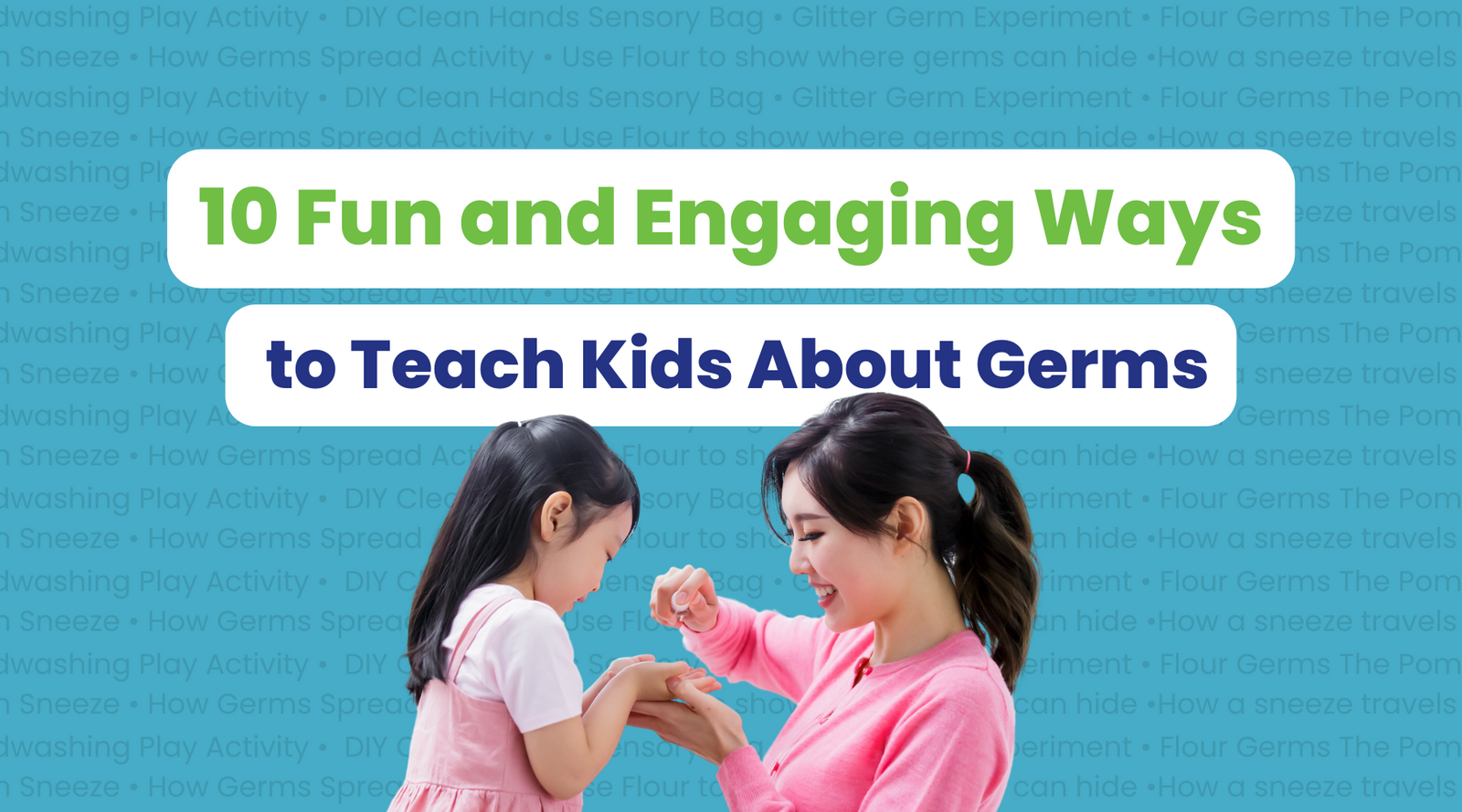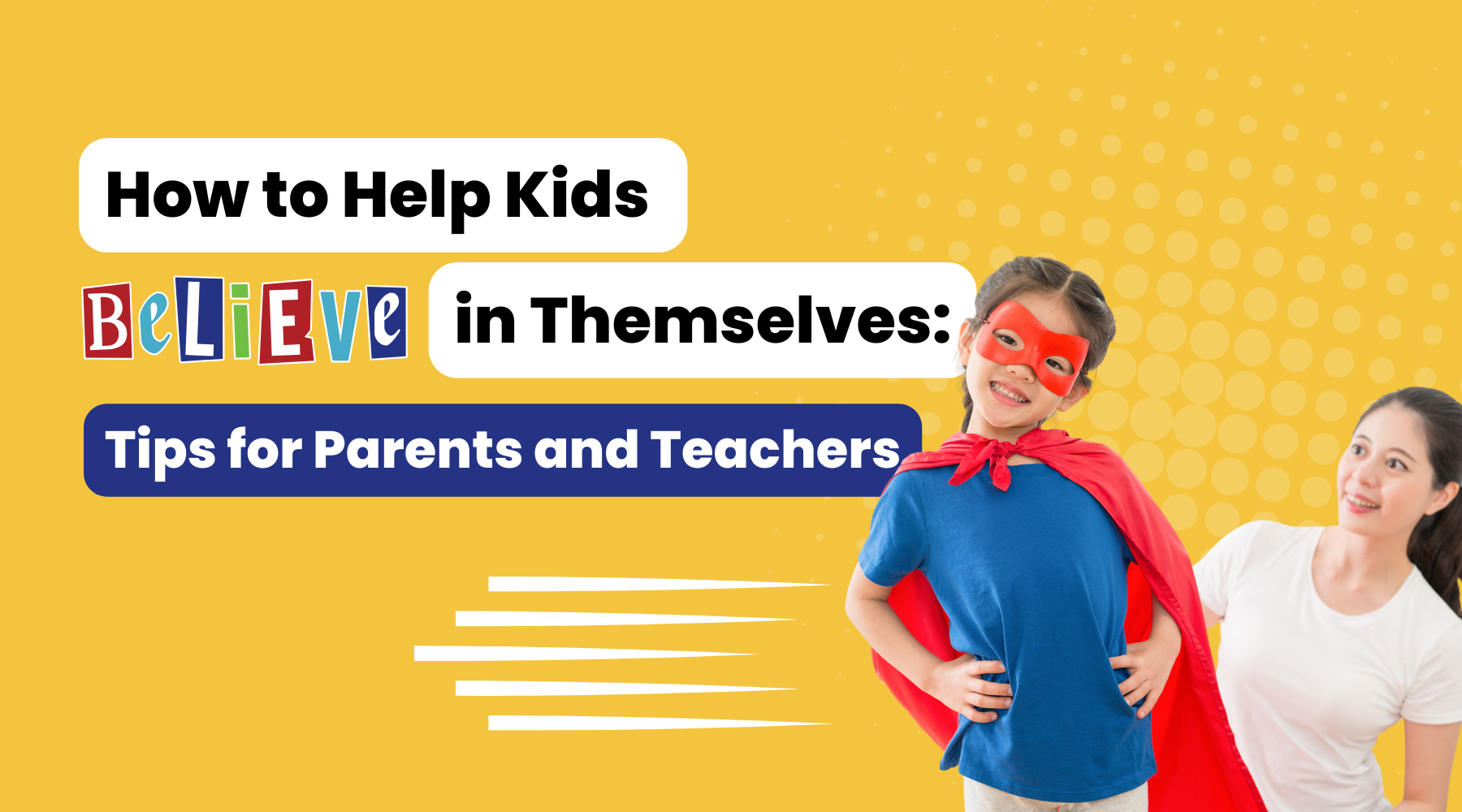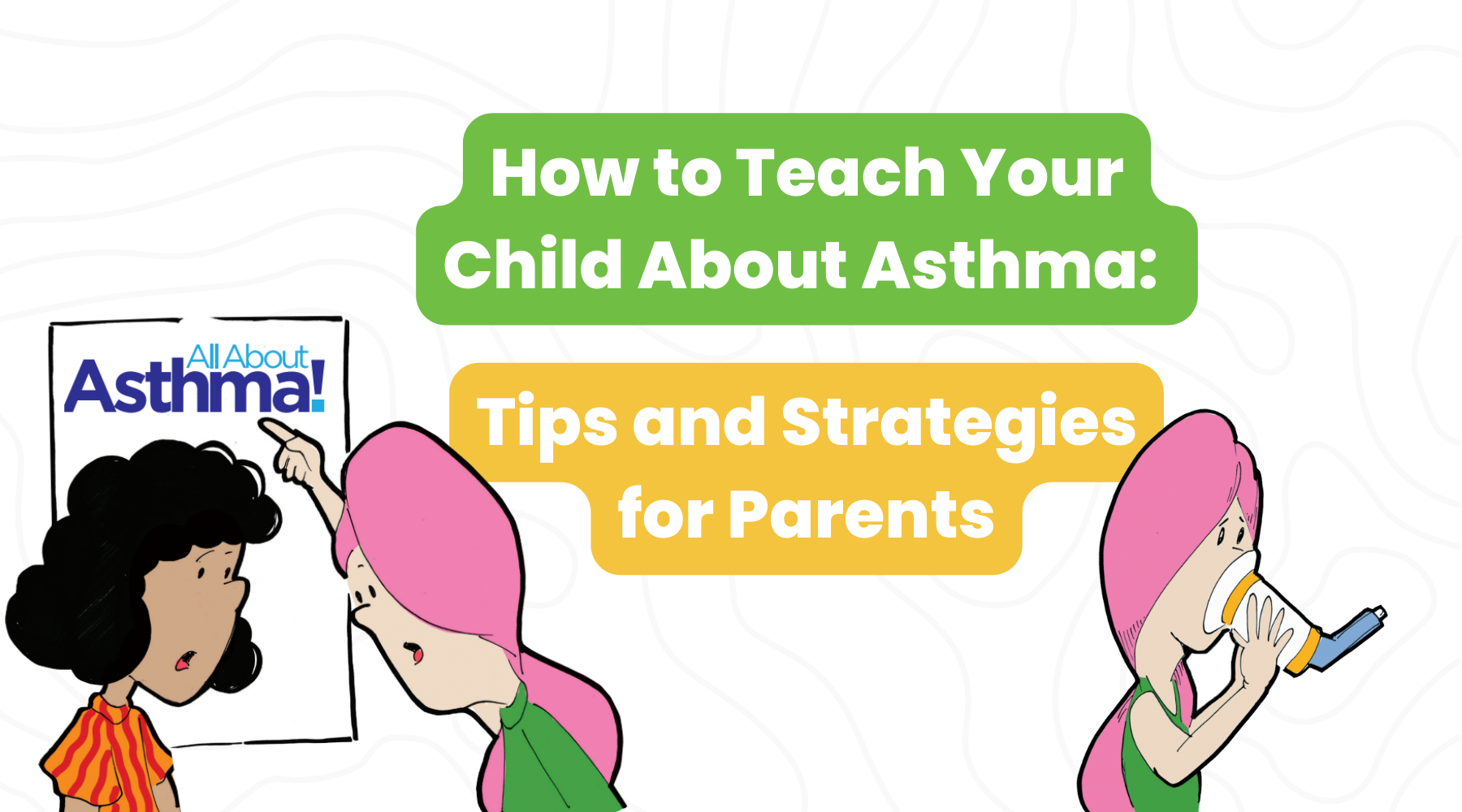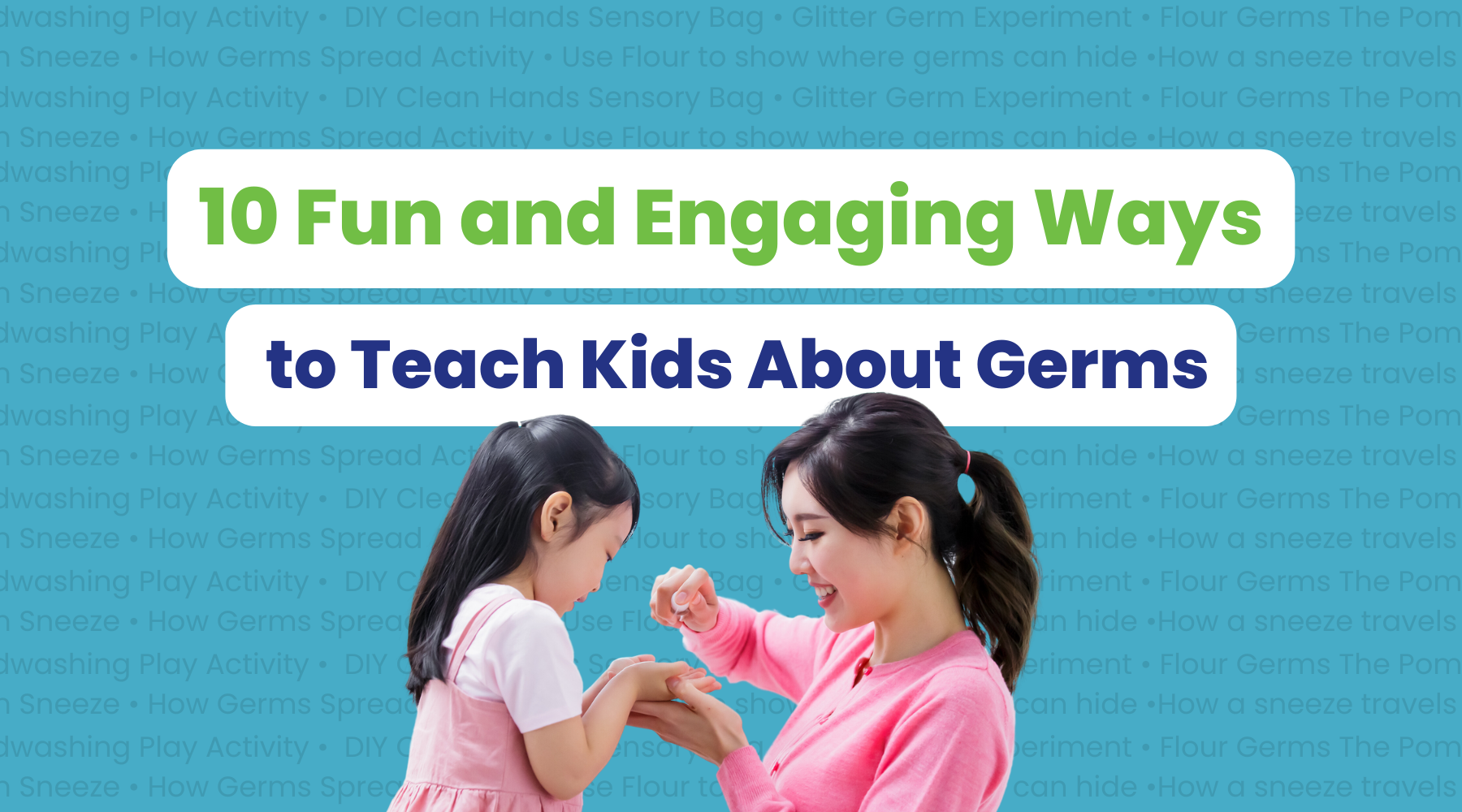10 Fun and Engaging Ways to Teach Kids about Germs

It is critical to teach children about germs for their health and safety. Children are frequently exposed to a range of pathogens, particularly while at school or playing with friends. As a result, it's critical to instill in children healthy practises that will keep them germ-free. We'll talk about why it's important to teach kids about germs, the benefits of healthy eating habits, and 10 fun and engaging ways to teach kids about germs in this post.
Why should kid be taught about Germs?
Teaching kids about germs can keep them healthy and safe. Kids are less likely to become ill when they understand how germs spread and how to prevent them from spreading. This is especially crucial during flu season or when there are sickness outbreaks in the community. Teaching kids about germs provides them with the knowledge they need to stay healthy.
Good health habits keep kid safe from germs.
There are numerous healthy health behaviours that kids can adopt to keep them germ-free. Hand washing is one of the most crucial. Hand washing with soap and water for at least 20 seconds can help destroy germs on the hands. Encourage kids to wash their hands after using the lavatory, eating, and playing outside or with pets.
When sneezing or coughing, another healthy health habit is to cover the mouth and nose. This can assist to keep germs from spreading. It's also a good idea not to touch your face, as this might transfer germs from your hands to your mouth and nose.
10 Fun Activities to Teach Kids about Germs
1. Hand washing Play Activity:
One of the most important germ-related lessons you can teach your kids is the necessity of hand washing. This exercise entails establishing a "hand washing station" where kids can practise washing their hands. You can use a basin or washbasin full of water and soap, as well as towels to dry hands. You can also give the project a fun twist by using glitter or paint to depict "germs" on the hands. Allow kids to wash their hands and see if they can remove all of the glitter or paint.
2. Clean Hands Sensory Bag:
For this activity, you will make a sensory bag packed with hand sanitizer or soap. Kids can squish the bag to see how the sanitizer or soap bubbles and spreads around their hands. This activity might assist to highlight the necessity of fully cleansing hands.
3. Glitter Germ Experiment:
Similar to the hand washing play exercise, except instead of putting glitter or paint to your hands, sprinkle it on a surface such as a table or countertop. Then, have the kids touch the surface to see how the glitter "spreads" like germs. This is an excellent graphic example of how readily germs move from person to person.
4. Flour Germs:
In this activity, a small amount of flour is used to depict germs. Allow the kids to touch the flour and notice how easily it spreads on their hands. This might also be an excellent approach to educate kids the necessity of completely cleaning their hands.
5. The Pom-Pom Sneeze:
In this exercise, kids pretend to sneeze while holding a pom-pom or cotton ball. They can observe how far the "sneeze" travels and how many other things it encounters. This is an excellent technique to show how quickly germs spread through the air.
6. The How Germs Spread Activity:
This activity entails using a spray sprayer filled with water to represent germs. Allow the kids to spray the water onto a surface and observe how far it travels. This is also an excellent approach to demonstrate how easily germs travel from person to person.
7. Use Flour to show where germs can hide:
This practise entails sprinkling flour on various household surfaces, such as a tabletop, sink, or doorknob. Make the kids look for the flour and count how many "hidden" places germs can hide.
8. How a sneeze travels:
This game involves having kids stand in a queue and pretend to sneeze one after the other. You can symbolise the "sneeze" with a lightweight object such as a feather. Allow kids to see how far the feather can travel and how many different objects it can come into contact with. This is an excellent technique to show how quickly germs spread through the air.
9. Pass the bread:
This practise entails passing a slice of bread around to see how many germs it can acquire. To imitate the transmission of germs, have kids touch the bread with dirty hands or sneeze on it. Then, place the bread in a zipped bag and see how quickly it moulds. This can be an excellent method to highlight the need of hand washing and proper hygiene.
10. Read Storybooks:
Reading storybooks to kids can be a fun and engaging way of teaching them about germs. There are numerous books available that teach kids about germs and how to keep healthy.
Conclusion:
Healthy eating habits are critical for kid's growth and development, and supplying them with healthy snacks is an important part of keeping those habits. Snacks can supply critical nutrients that kids may miss out on during meals, as well as keep them energised and engaged throughout the day.
The book "The Class That Can: Nutrition" is an excellent resource for teaching kids about healthy eating habits. This book teaches kids about nutrition and healthy eating habits in a fun and engaging way. With eye-catching visuals and simple prose. Check out the book at Land of Can and help your kids create lifelong healthy habits.





Leave a comment